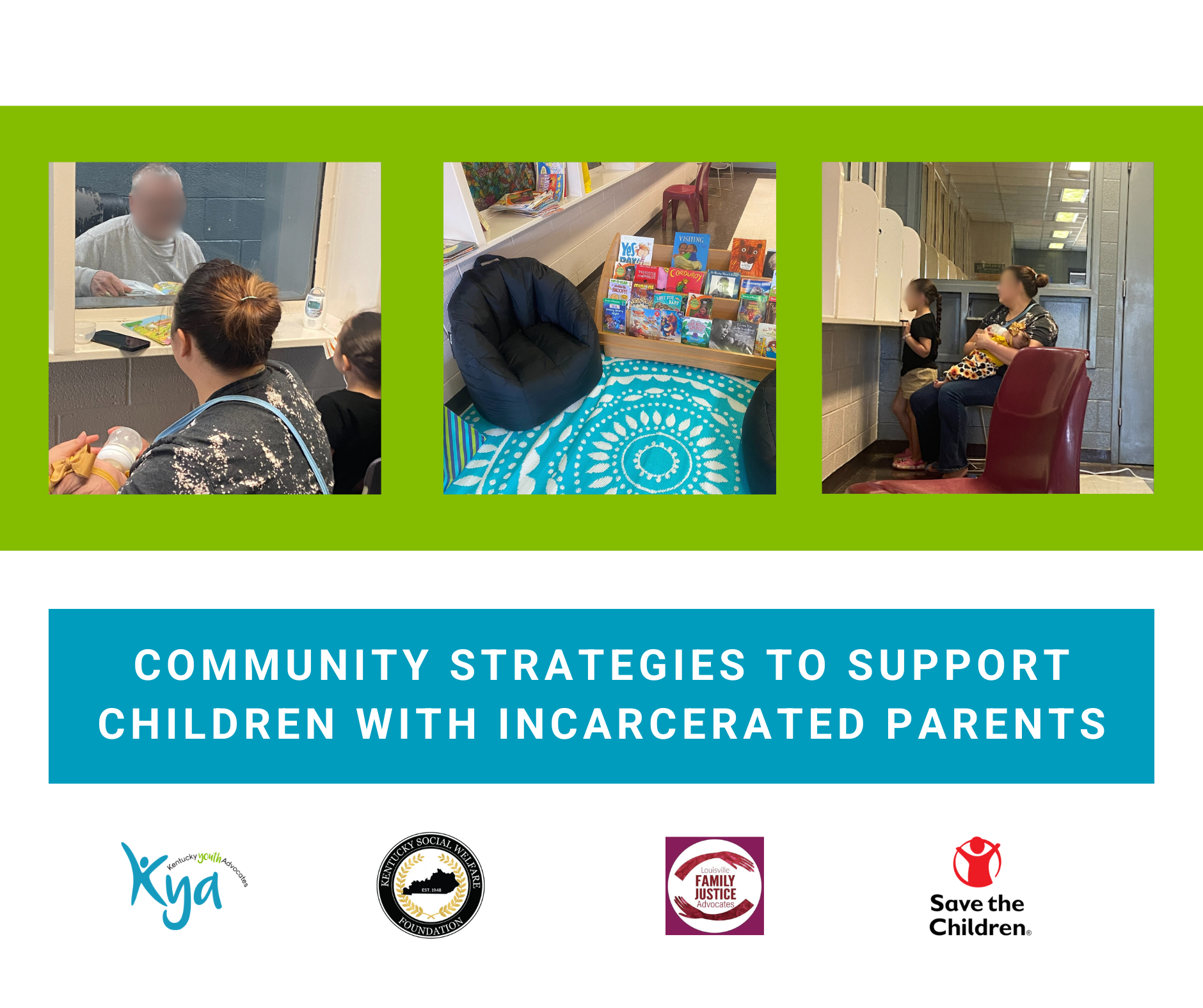As discussed in yesterday’s blog post, the Annie E. Casey Foundation just released their 23rd annual KIDS COUNT Data Book measuring the well-being of children in each state and nationwide. The index they used to evaluate child well-being is very different from the one they’ve been using for decades. So, what does this new, more comprehensive index of child well-being say on how Kentucky’s youngest folk are faring? There are some areas which are surprising, some which call for outrage, and some which call for rejoicing.
It should not come as a surprise that the percent of Kentucky children living in poverty has increased since the start of the recession, but you might be a bit shocked to hear that now more than one in every four of our kids are impoverished, and only five states have higher child poverty rates. Another data point that tends to send minds reeling is the fact that more than one-third of all Kentucky children are in a situation where neither parent has full-time, year-round employment. The issues of child poverty and parental underemployment are inextricably linked. There are a variety of ways we can improve these numbers. For example, targeted job training and a state refundable earned income tax credit.
As portrayed by all the green arrows moving downward, Kentucky is moving in the right direction on some key indicators of educational achievement. But when we take a closer look at the data, we see that there is a long ways to go before we can claim success. More than half of all 3- and 4-year olds in Kentucky are not attending a public or private preschool, despite research showing preschool improves school readiness, particularly for the highest-risk children. Also, two-thirds of our fourth graders are not reading at a proficient level. We know that up to fourth grade children are learning how to read, but starting in fourth grade children are reading in order to learn all their subjects.
Health is another area in which Kentucky is moving in all the right directions on key indicators, and where we can celebrate the positive effects public policy changes have had for kids. The percent of children without health insurance continues to fall. This is due in part to the priority the state put on ensuring that all children eligible for KCHIP or Medicaid got enrolled, with enhanced outreach efforts, the end of the face-to-face interview requirement in order to sign up, and the elimination of co-payments for families. The rate of child and teen deaths in Kentucky also continues to decrease, thanks in part to the legislative changes Kentucky wisely made requiring booster seats for small children, implementing a system of graduated drivers licensing for teen drivers, and banning the use of cell phones by our youngest drivers.
The new Data Book also shows us that the look of Kentucky’s families is significantly changing. The percent of Kentucky children living in single-parent families (which includes non-married, co-habiting couples) continues to increase, and now stands at more than one in every three (35 percent). And we know from another recent report from the Casey Foundation, Stepping Up for Kids: What Government and Communities Should Do to Support Kinship Families, that the number of Kentucky children living in kinship care arrangements (with grandparents, other relatives, or close family friends) has doubled in the past decade. Because of these changes, we must ensure that our system of supports for families is accessible and accommodating the unique needs of these families.
This year’s book – just like previous years – isa call to action. And, it forces us to ask one serious question. Will our leaders take the practical steps mentioned above in the 2013 General Assembly to build a better future for our children?





